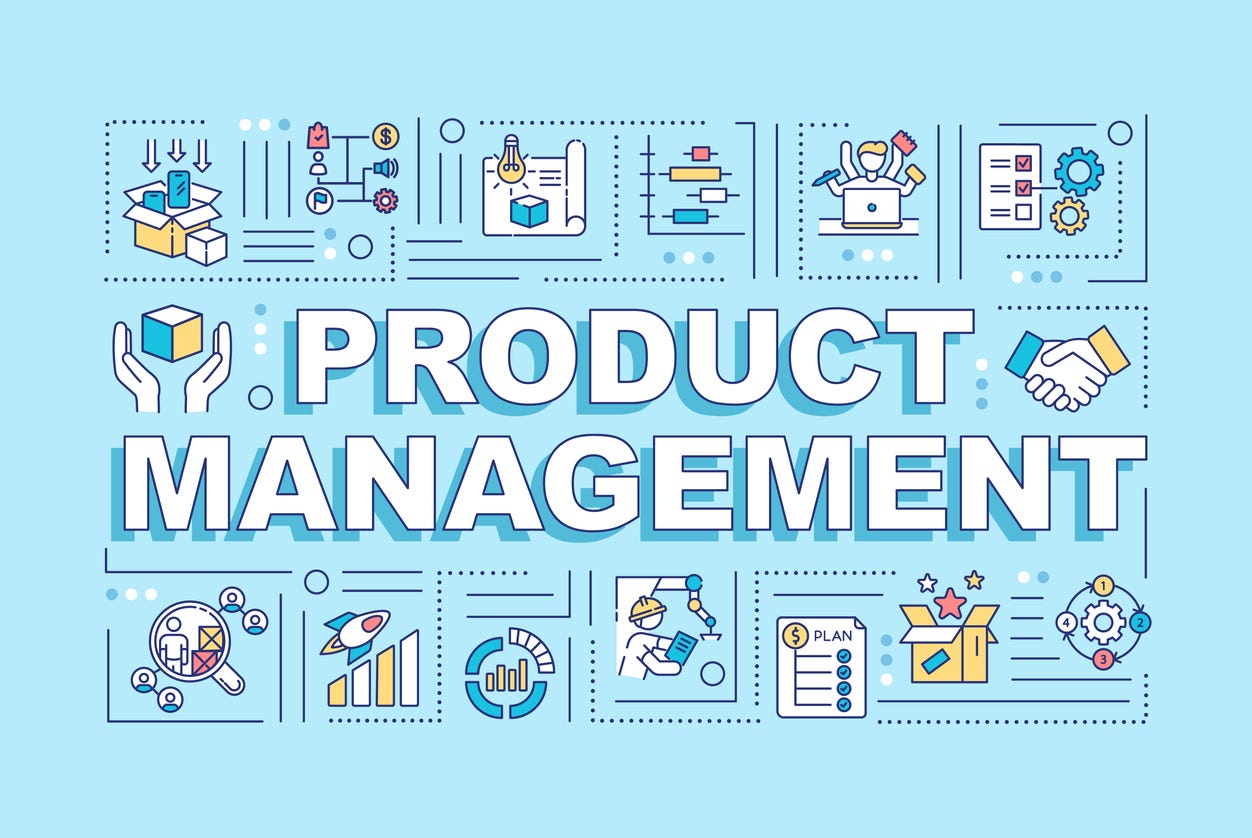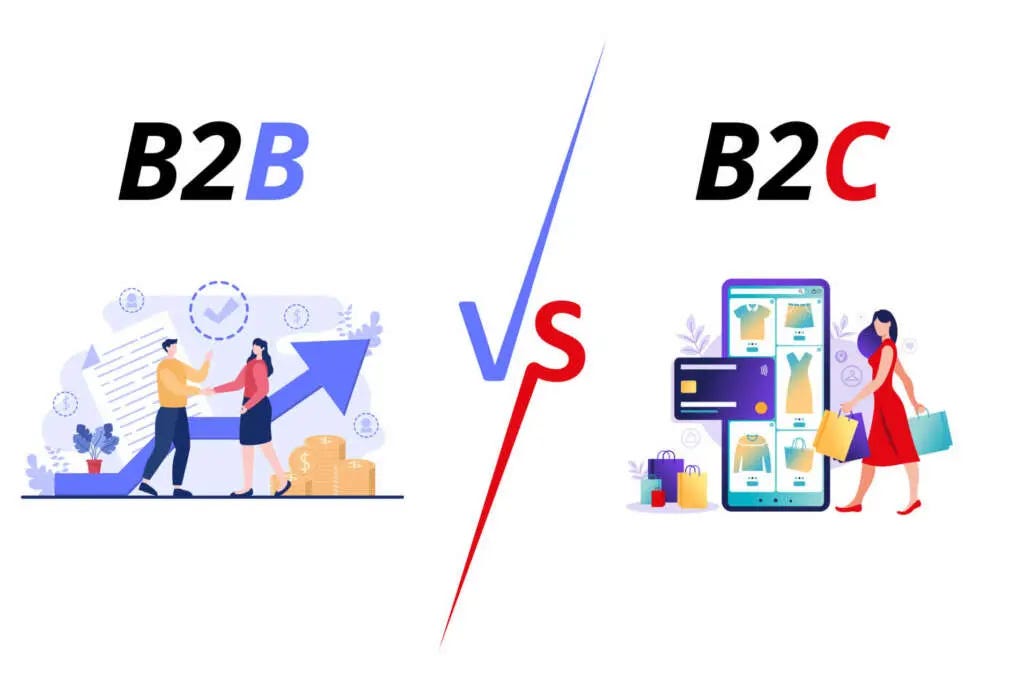The realm of products is a dynamic and ever-changing landscape, influenced by the constant evolution of technology and user requirements. To navigate this complex terrain, the discipline of modern product management (PM) has emerged, armed with the tools of data analysis, design thinking, and an unwavering commitment to delivering customer value. So, what precisely characterizes this modern iteration of PM? Let’s delve into its intricacies through the lens of “what, why, when, how, where”:
Defining Modern Product Management
At its core, modern product management is the fusion of art and science, aimed at introducing the right product to the right market at the right time. However, its essence goes beyond mere coordination. It involves comprehending users’ challenges, devising resonant solutions, and measuring success with meticulous precision. A modern PM serves as a user advocate, a mediator between business objectives and technical feasibility, and a conductor orchestrating the entire lifecycle of a product.
The Evolution: Why is it Distinct?
The “modern” label signifies a transformative shift. The era of instinct-based decisions and waterfall methodologies is behind us. Today’s PM relies on data-driven approaches, embraces agility, and thrives on experimentation. Incorporating user research, A/B testing, and iterative development, they continuously refine and optimize products, recognizing the interconnectedness of the digital ecosystem and crafting seamless user experiences across multiple touchpoints.
Activation Point: When Does it Engage?
The magic of PM commences from the inception, even before the coding process begins. Conducting market research, defining the product vision, and constructing a compelling value proposition are integral steps. As the product takes shape, the PM guides agile teams, prioritizes features based on data, and ensures smooth product launches. Their involvement extends beyond this, encompassing the constant monitoring of performance, gathering user feedback, and iterating based on insights to maintain product relevance and competitiveness.
Operational Dynamics: How is it Implemented?
Consider the scenario of launching a new fitness app. The phases of modern PM unfold as follows:
- Discovery: Investigate common fitness challenges, understand user segments, and identify potential opportunities.
- Define: Formulate a clear product vision and roadmap, establishing goals for both user value and business metrics.
- Develop: Collaborate closely with design and engineering teams to build an initial prototype, employing agile methodologies for incremental development.
- Launch: Strategically release the product, garnering user feedback through beta testing and early adopter programs.
- Grow: Analyze data, gather user feedback, and iterate on the product based on resonant elements. Continuous improvement is paramount!
Global Reach: Where Does it Take Place?
Modern PM transcends geographical confines, utilizing communication tools and collaboration platforms for seamless teamwork across the globe. Virtual headquarters, comprising data dashboards, user research platforms, and project management software, facilitate real-time decision-making and transparent communication.
Exemplars in Action:
Observing this in real-world examples:
- Netflix: Continuously analyzes user viewing habits and tests new content formats to maintain viewer engagement.
- Spotify: Personalizes music recommendations based on individual listening preferences and evolving trends.
- Dropbox: Simplifies file sharing and collaboration by understanding user workflows and pain points.
Key Insights:
Modern product management is a dynamic fusion of user empathy, data-driven insights, and agile execution. It entails posing the right questions, embracing feedback, and evolving continuously to stay at the forefront. By mastering the “what, why, when, how, where” of this multifaceted discipline, PMs become the driving force behind beloved products that propel businesses to thrive. Ready to embark on the adventure of modern product management?
Remember, this is just a glimpse into the expansive realm of modern PM. Each phase necessitates specific skills and tools, and each product presents unique challenges. Yet, with a combination of curiosity, adaptability, and a dedication to crafting meaningful solutions, you can navigate this exhilarating terrain and become a formidable influence in shaping the future of products.




